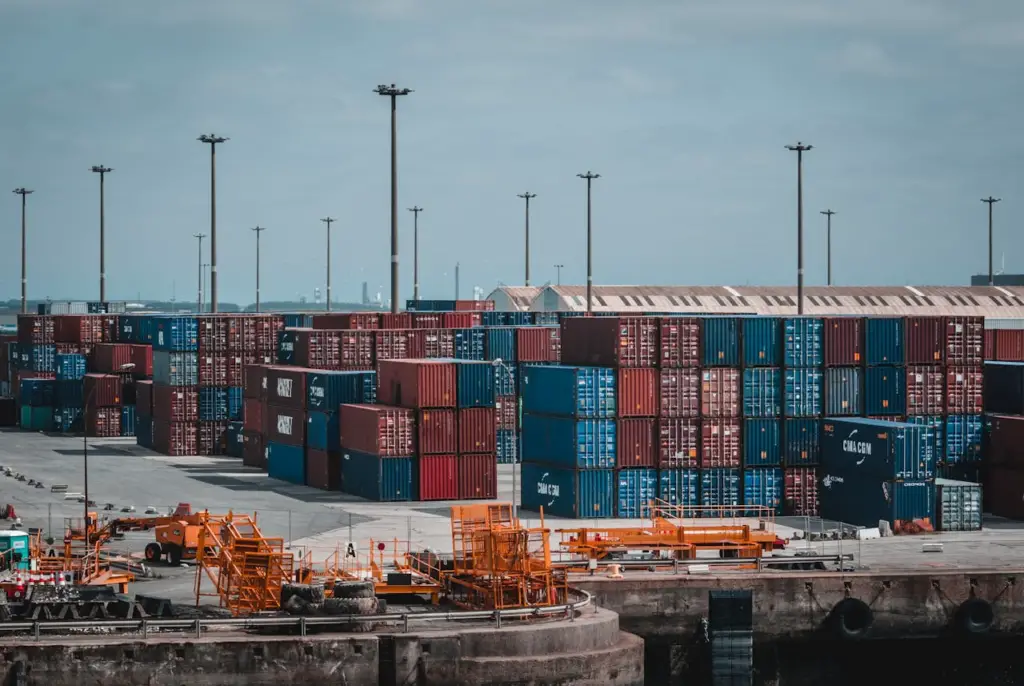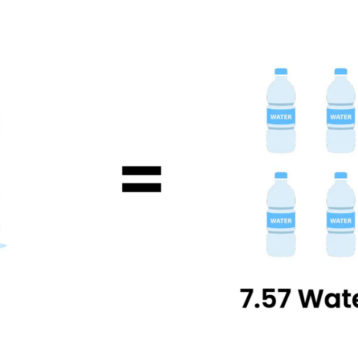Freight shipping is simply the process of transporting your products from one place to another using trucks, trains, ships, or planes. Be it a single package or a warehouse full of goods, understanding how freight shipping works can help you manage costs and see that your products reach your customers on time.
In the U.S., freight costs have been quite high, taking up 9.1% of the GDP in 2022. Though demand has slowed a bit in 2024, sectors like trucking and air freight are still growing. In fact, the U.S. Freight Transportation Services Index (TSI) hit a record high in mid-2023, showing growth in various transportation methods. This makes it clear that apart from big businesses, small business freight shipping is an equally pressing concern now.

Why Should You Care About Freight Shipping?
As a small business owner, you might think freight shipping is only for the big players. That’s not true. If you’re shipping out handmade crafts or wholesale electronics, how you handle shipping can significantly impact your business in terms of cost and customer satisfaction.
Understanding the Basics of Freight
1. What Is Freight?
Freight refers to any goods transported in bulk by truck, train, ship, or plane. If your shipments are large or heavy, they probably qualify as freight.
2. What Qualifies as a Freight Shipment?
Generally, shipments that are over 150 pounds, longer than 108 inches, or whose length and width combined exceed 165 inches need to be shipped as freight.
Different Types of Freight Shipments
Knowing the types of freight shipments can help you choose the best one for your needs:
- Full Truckload (FTL): This is when your goods fill an entire truck. It’s great for large shipments because it’s usually faster and lessens the chance of damage since there’s less handling of your goods.
- Less Than Truckload (LTL): If your shipment won’t fill an entire truck, LTL is for you. It’s perfect for smaller shipments and can be more cost-effective.
- Partial Truckload (PTL): This sits between FTL and LTL. If you have more than a few pallets but not enough to fill a truck, PTL is ideal.
- Intermodal: Intermodal freight involves more than one type of transportation, like truck and rail. It can be cheaper and more environmentally friendly.
- Expedited: When you need your shipment delivered fast, this is the option to go for. It’s usually done by air or express truck.
How Does Freight Classification Work?
Freight classification is used to standardize shipping costs. It considers factors like:
- Density: How much space your item takes in relation to its weight.
- Stowability: How easily it can be stored in the truck or container.
- Handling: How difficult it is to handle your shipment.
- Liability: The risk involved in transporting your goods.
The classification ranges from 50 to 500, with higher numbers meaning higher costs.
Why Consider a 3PL Provider?
A third-party logistics provider (3PL) can take much of the shipping weight off your shoulders. They handle everything from storing your goods to packing and shipping them out. Here’s why you should consider a shipping service provider for your small business:
- Cost-Effective: They often get better shipping rates than you could on your own.
- Time-Saving: They handle logistics so you can focus on growing your business.
- Scalability: They can adjust to your business needs, whether it’s a slow season or a time of rapid growth.
What About Freight Forwarders?
Freight forwarders are like travel agents for your products. They don’t move the goods themselves but make all the arrangements with carriers who do. They’re particularly useful if you’re shipping internationally, as they’re experts in dealing with complex regulations and paperwork.
Getting Your Freight Costs Right
The cost to ship freight depends on many factors, including size, weight, and the distance your goods need to travel. To get the most accurate shipping quotes, you’ll need to provide precise measurements and weights of your shipments. Also, consider the type of goods you’re shipping, the speed of delivery you need, and any special handling requirements, as these can also affect the final cost.
Wrapping Up
Freight shipping isn’t as complex as you’d think. With some basic knowledge and the right partners, you can find efficient, cost-effective solutions that work for your small business. After all, every penny and minute you save on shipping adds up and can be used to upgrade other areas of your business. So, take your time to understand your options and choose wisely.










